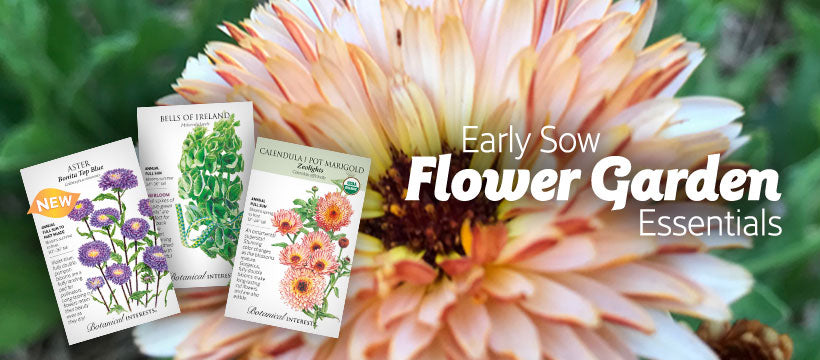In early fall, it pays to keep an eye on nighttime temperatures so that you get your frost-sensitive crops harvested before the first frost.
What is frost tolerance?
Frost tolerance is a crop's ability to survive a frost or below freezing temperatures. When air is cooled to below the dew point, dew can be formed on surfaces; if temperatures are also below 36°F, the result is frost, which is frozen ice crystals. A light freeze is considered 28°-32°F, and a hard freeze below 28°F. However, any temperature below 25°F is dangerous territory for most vegetable plants.
Why are some plants more frost tolerant than others?
Frost or freeze damage occurs when the water in plant cells expands as it turns to ice, and then bursts the cell walls. However, when the temperatures cool, cool-season vegetables and other cold-hardy varieties may produce more sugars, and sugar water freezes at a lower temperature than water, which keeps the water in the cells from freezing and bursting the cell walls. This is also why frost-tolerant vegetables tend to get sweeter with cool temperatures. The sweetening process takes time, providing the most protection when the autumn cool-down is slow and consistent. Sweetening is one of a few strategies plants may have to avoid frost or freeze damage, and it is a strategy often seen in cool season vegetables. Shorter varieties have the advantage of being closer to the ground, which is insulated and radiates some heat, often enough to quell the possible effects of short bursts of freezing temperatures. Also, the more mature the frost-tolerant plant, the better able it is to withstand frost or freezing. Humidity can help protect plants from frost because moisture holds heat, effectively insulating the air. However, a clear or windy night can sweep away any warm air radiating from the ground, allowing colder air to sink in.
Crop frost-tolerance varies between cultivars. Greens like kale and spinach with savoyed, wavy, curled, or textured leaves are generally hardier than their smooth-leaved counterparts. Mulching already frost-tolerant root crops like beets, carrots, leeks, radishes, and parsnips helps to further protect them when the mercury drops, some even surviving the winter. Search for your crops below to determine their frost tolerance level.
Likely damaged by light frost:
- Amaranth
- Beans
- Corn
- Cucumbers
- Eggplants
- Melons
- Okra
- Peppers
- Pumpkins
- New Zealand Spinach
- Summer Squash
- Tomatillos
- Watermelons
- Winter Squash


